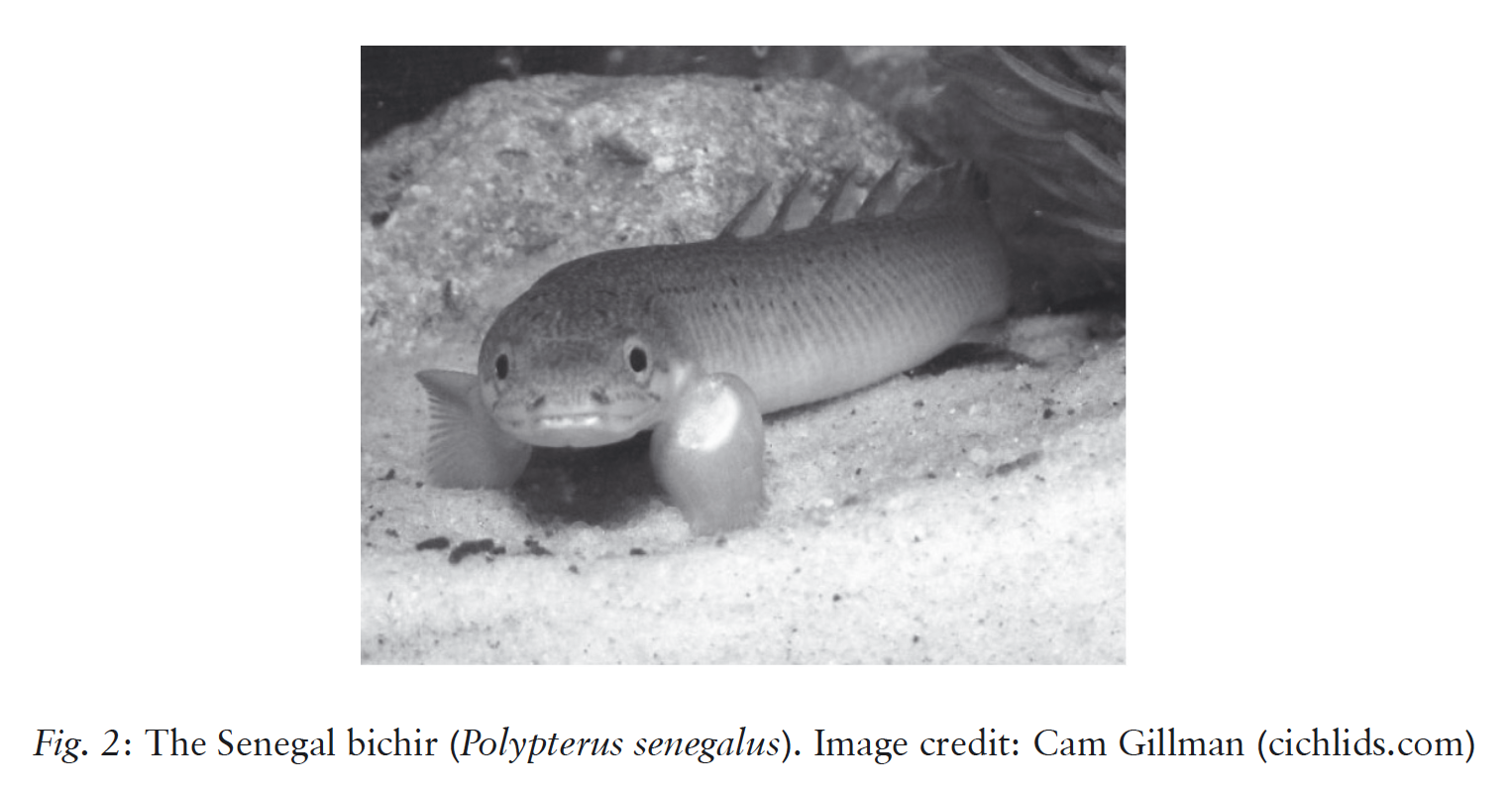Goethe's Spirit Haunts a New Dynamic Biology
Artikelreferenz exportieren
- Klartext
- BibTeX
- RIS Format
- Downloadkosten : € 6.00
Zusammenfassung:
In seinen wissenschaftlichen Studien beschrieb Goethe Lebewesen als aktiv gestaltende Entitäten, die sich in Bezug aufeinander und auf ihre Umgebung ständig verändern und neu definieren. Hier diskutiere ich die jüngsten Entwicklungen in der Evolutionsbiologie, die für goetheanistische ForscherInnen von Bedeutung sein dürften. In den letzten Jahren haben einige etablierte BiologInnen die Auffassung vertreten, dass das Standardmodell der «modernen Synthese» einer Aktualisierung bedarf, um Studien, deren Bedeutung für die Evolution dort nicht ausreichend erfasst wird, adäquat einzubeziehen. Die vorgeschlagene «erweiterte Synthese» enthält mehrere Ideen aus der evolutionären Entwicklungsbiologie, wie z.B. die phänotypische Plastizität, die ein dynamischeres und reaktionsfähigeres Organismusmodell entwerfen als bisher. Diese Verschiebung im Konzept des Organismus scheint sich Goethes Perspektive anzunähern und könnte die Grundlage für einen fruchtbaren Austausch zwischen modernen Biologen und goetheanistischen Wissenschaftlern bieten.


